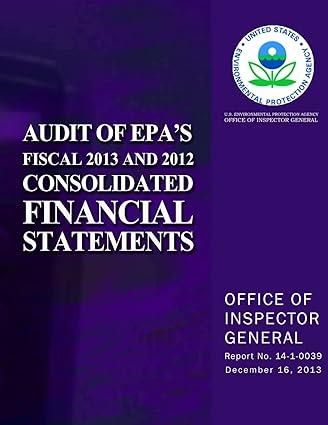
The graph of the helix x(t)=cos(t), y(t)=sin(t) and z(t)=0.1t should be plotted in the interval of time from -10 to 10. On the right of the word Trace, there is a drawing that looks like a target that give us curve settings. Click on it to select Show osculating circle, Show curvature value and Show whole TNB frame. The circle that best approximates the curve is called osculating circle. Click on Use Constant Primary Color to see the Helix in Red and the Osculating Circle in Black. Move or animate your graph, and notice that the value of K as well as the radius of the circle are constant. The Normal vector points in a direction inside the helix, the tangent vector points out of the curve and the binormal vector is parallel to the z-axis. Question 1: At t=0, what are the values for T, N, B and k? Question 2: At t=1, which two vectors generate the osculating plane? The rectifying plane? The normal plane? (Be specific in the components of these vectors) Question 3: Change the z component to t, what is the value of K? The radius of osculating circle is known to be a whole number. What is this number? The graph of the helix x(t)=cos(t), y(t)=sin(t) and z(t)=0.1t should be plotted in the interval of time from -10 to 10. On the right of the word Trace, there is a drawing that looks like a target that give us curve settings. Click on it to select Show osculating circle, Show curvature value and Show whole TNB frame. The circle that best approximates the curve is called osculating circle. Click on Use Constant Primary Color to see the Helix in Red and the Osculating Circle in Black. Move or animate your graph, and notice that the value of K as well as the radius of the circle are constant. The Normal vector points in a direction inside the helix, the tangent vector points out of the curve and the binormal vector is parallel to the z-axis. Question 1: At t=0, what are the values for T, N, B and k? Question 2: At t=1, which two vectors generate the osculating plane? The rectifying plane? The normal plane? (Be specific in the components of these vectors) Question 3: Change the z component to t, what is the value of K? The radius of osculating circle is known to be a whole number. What is this number







